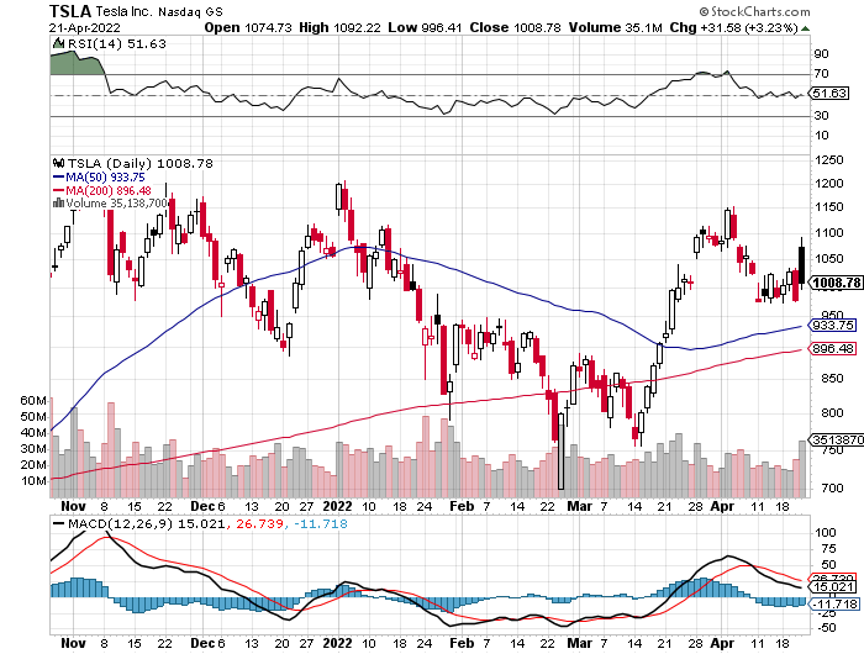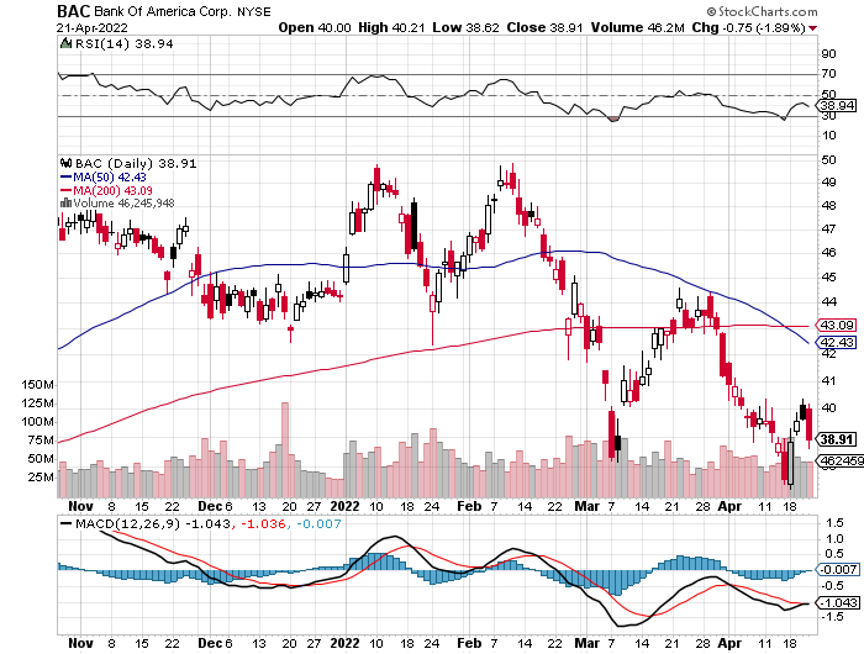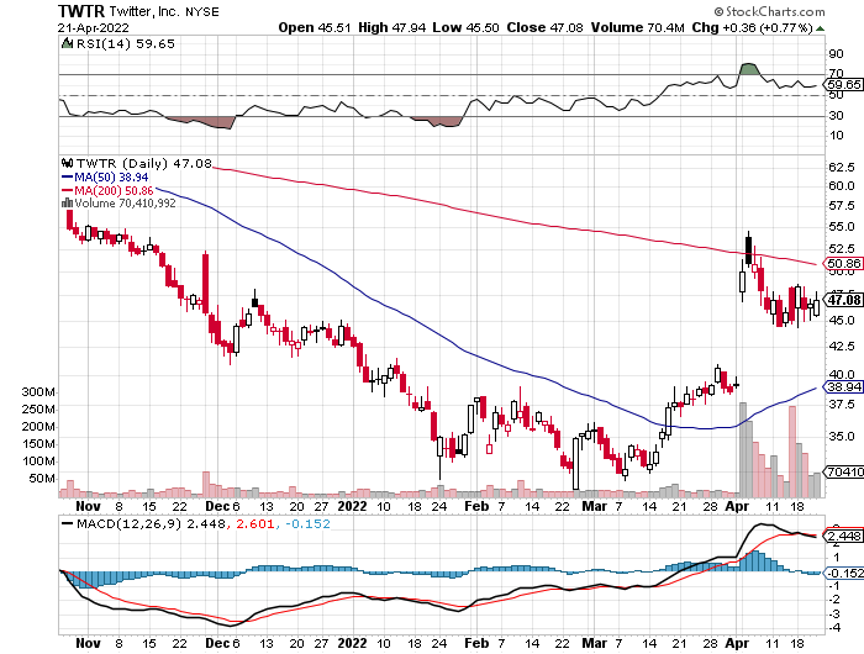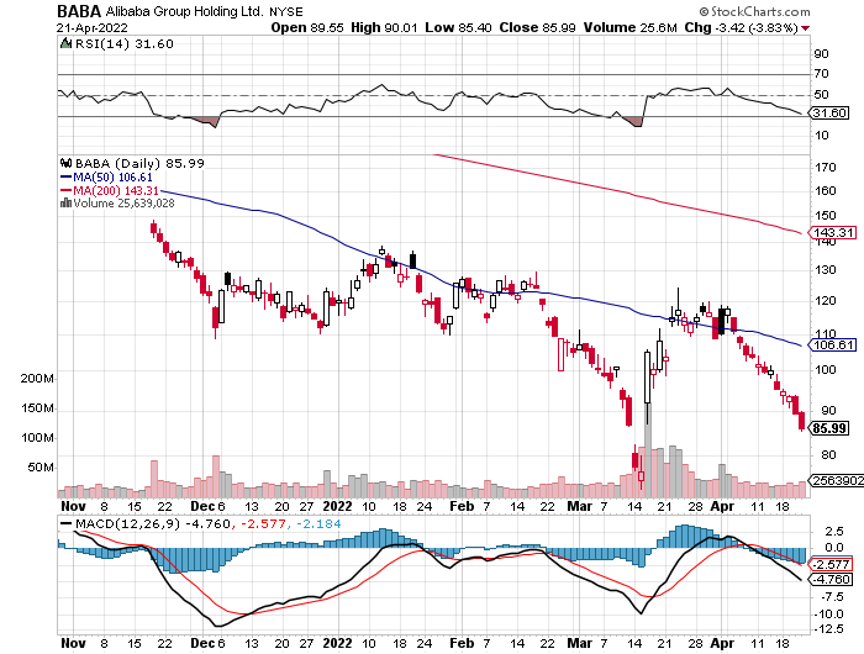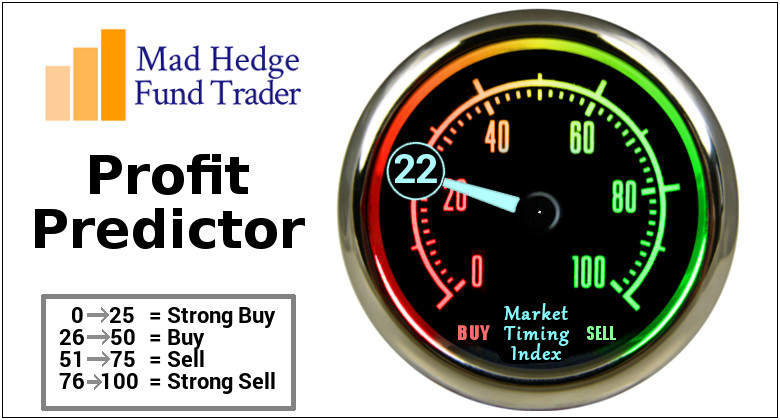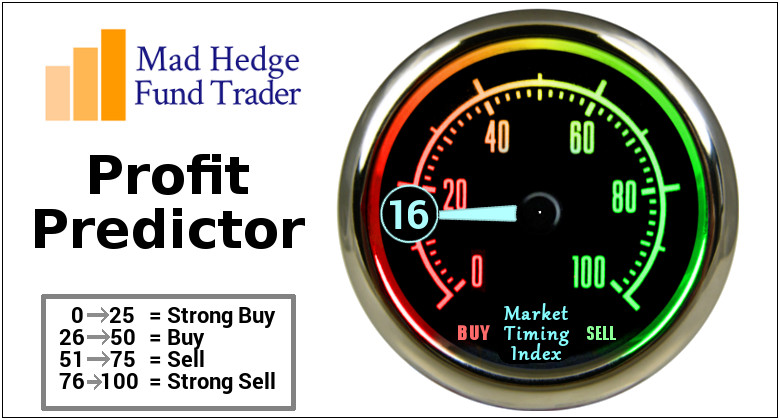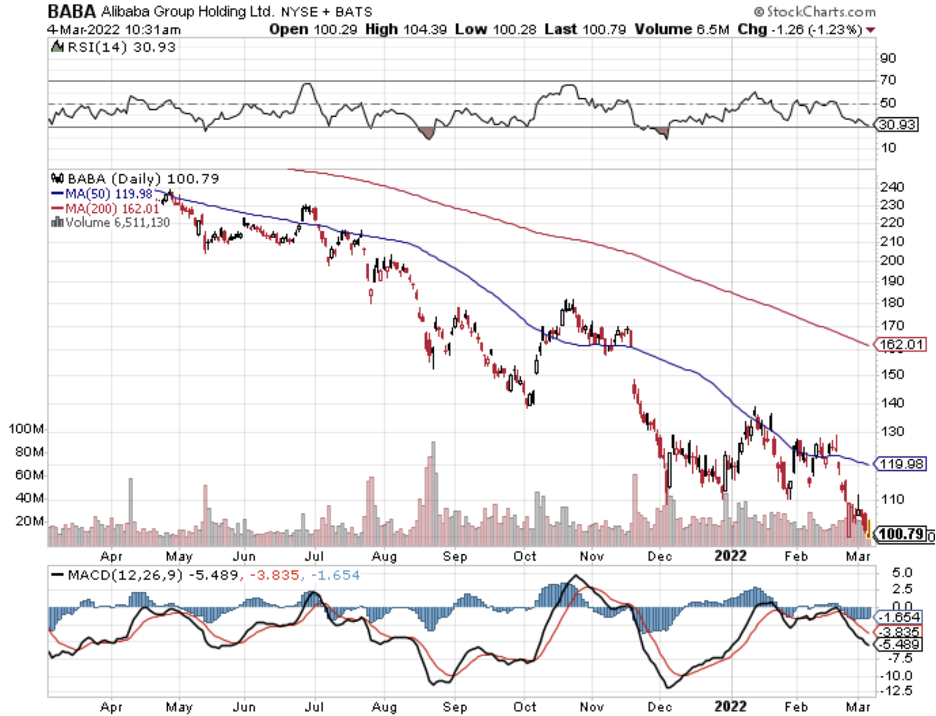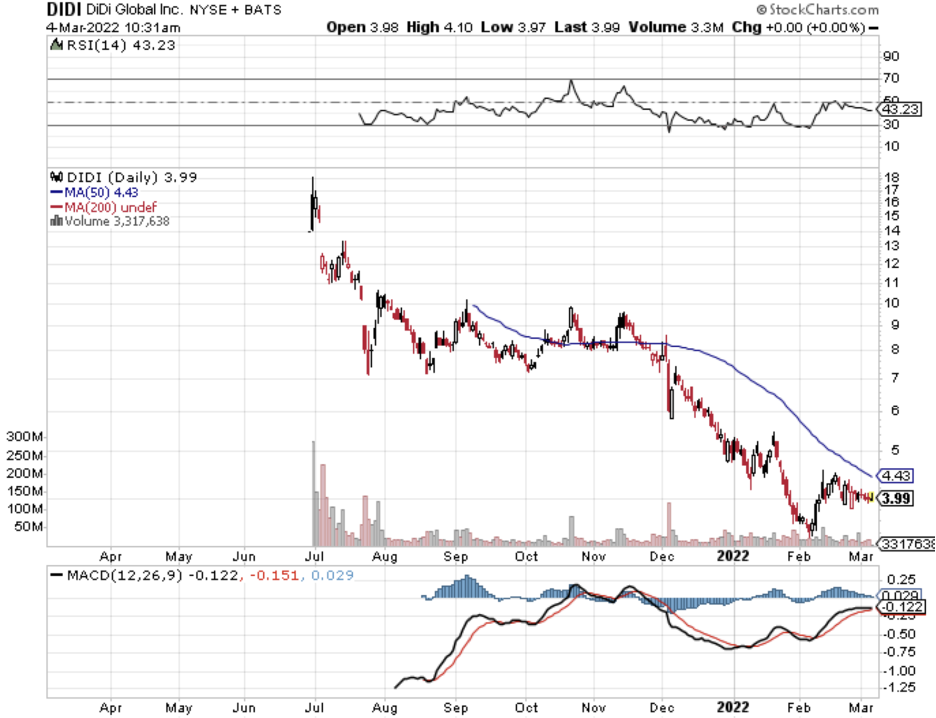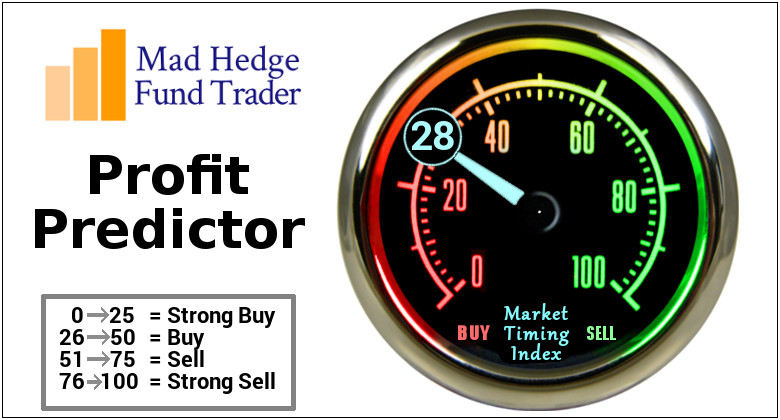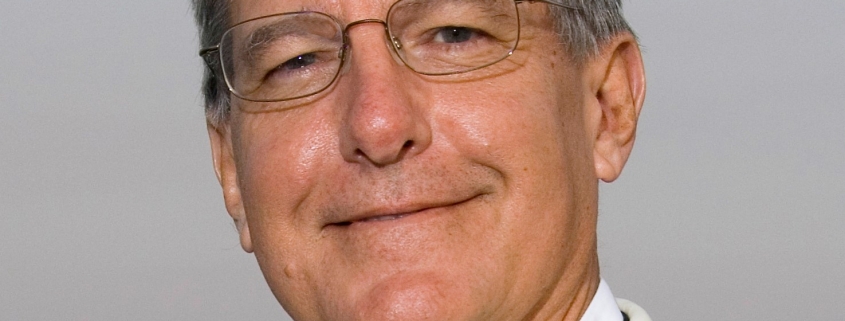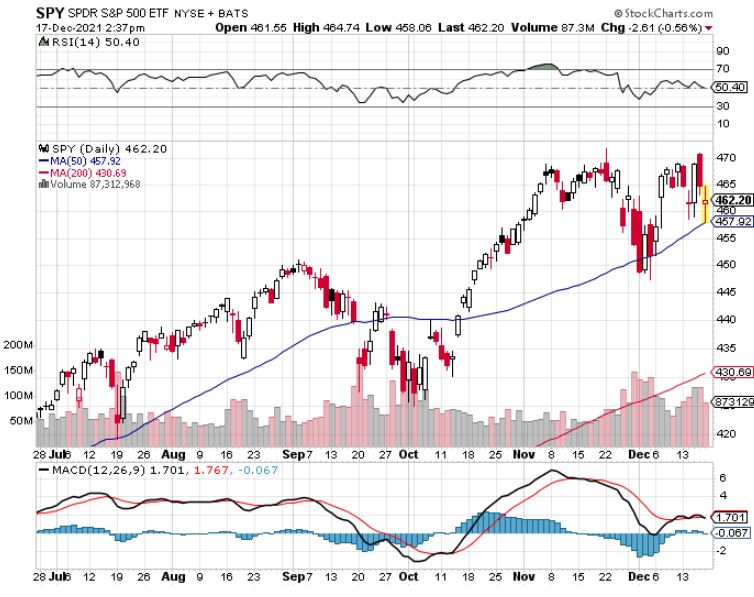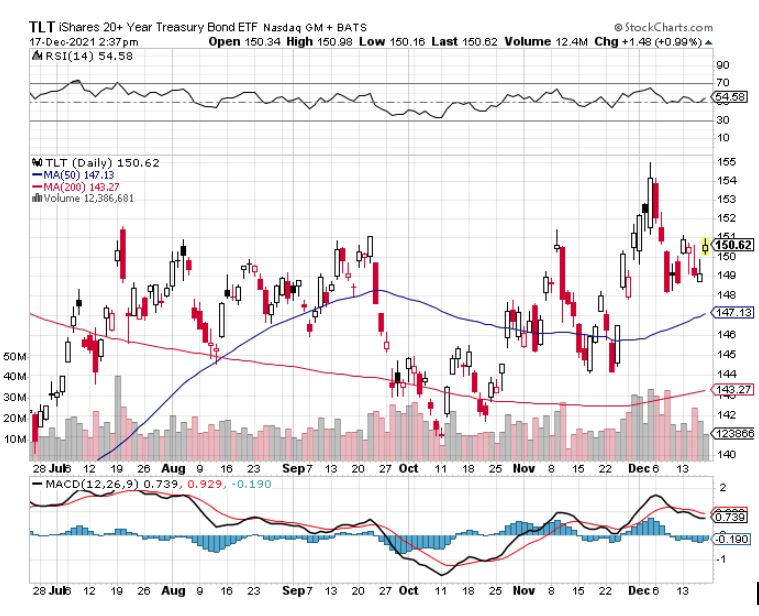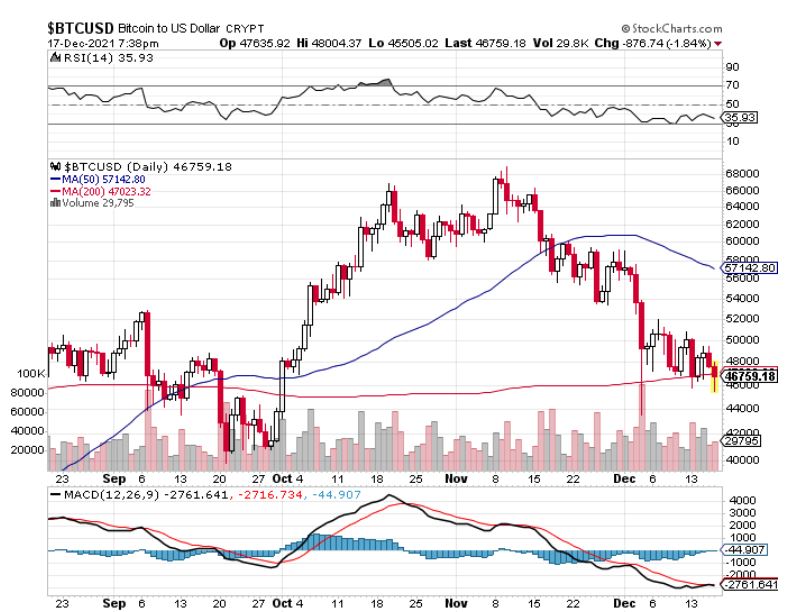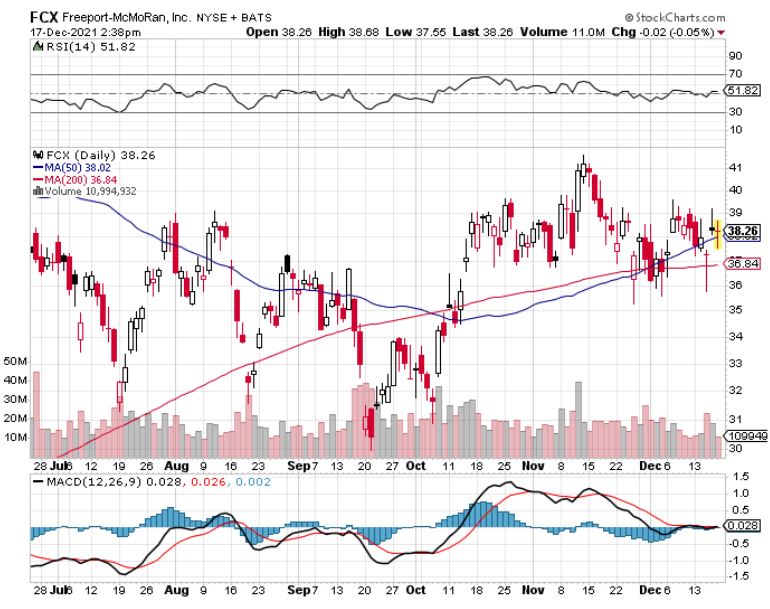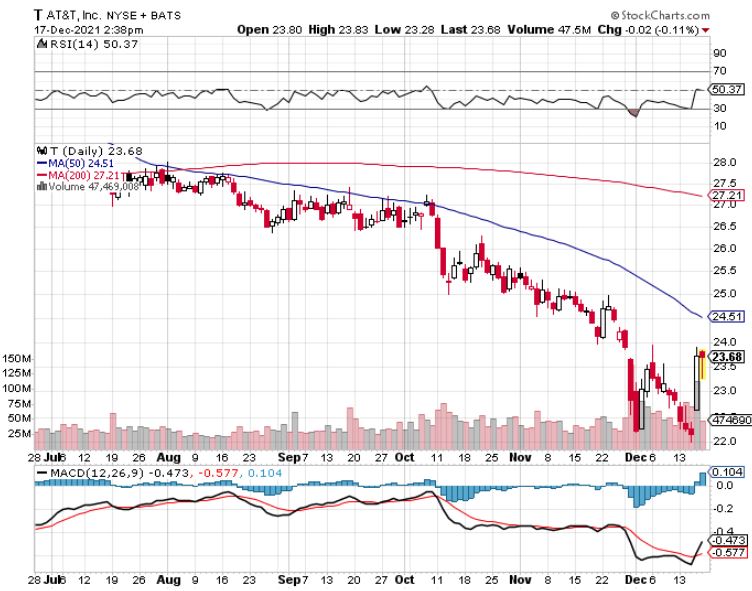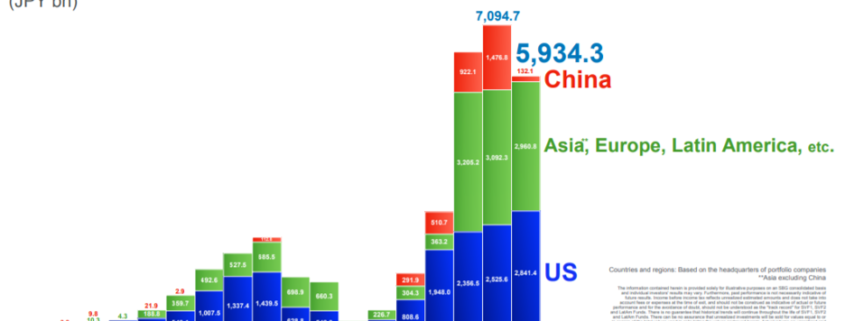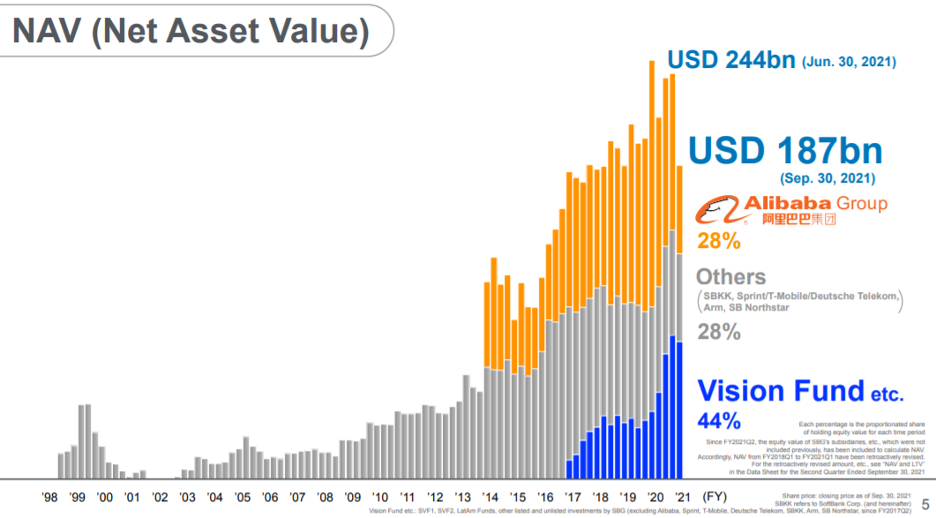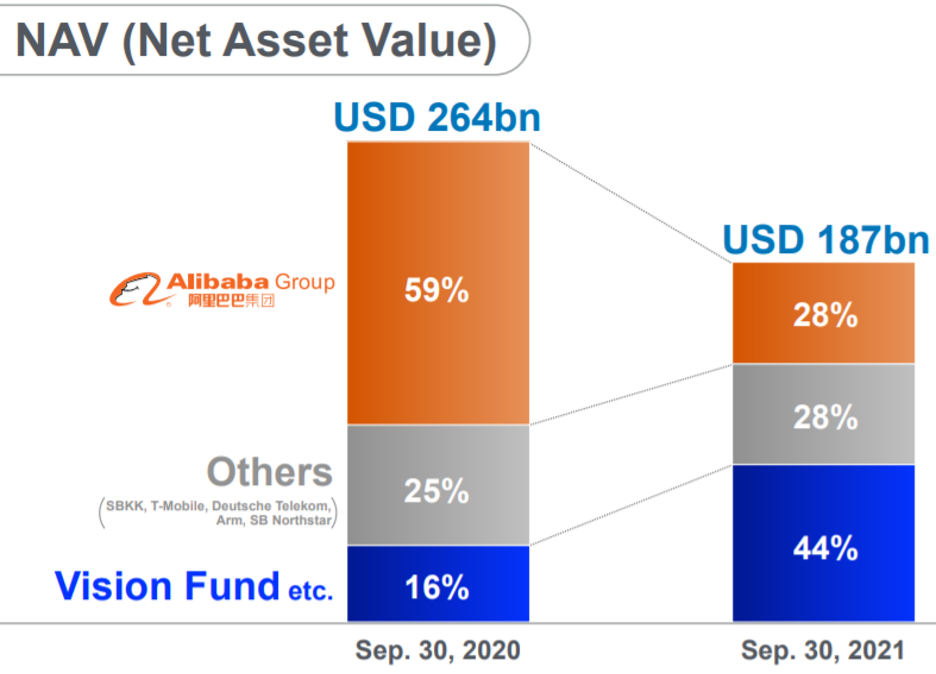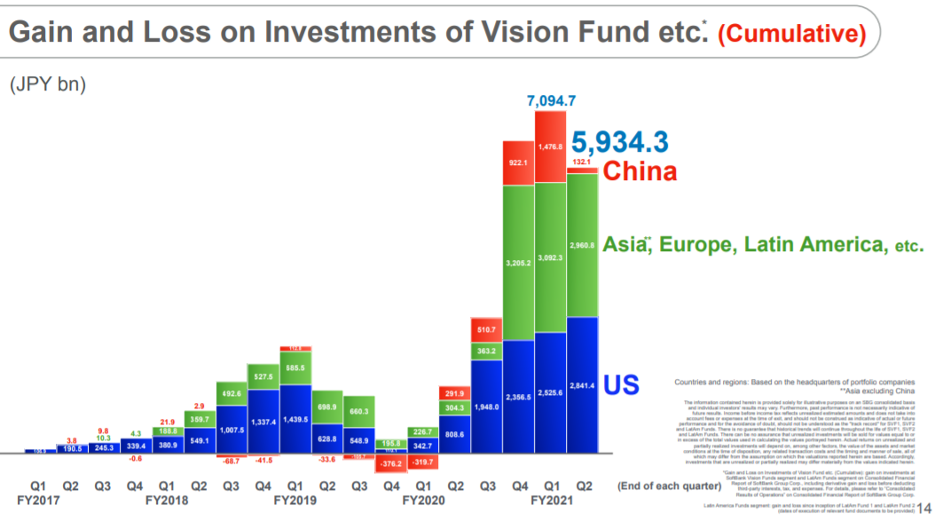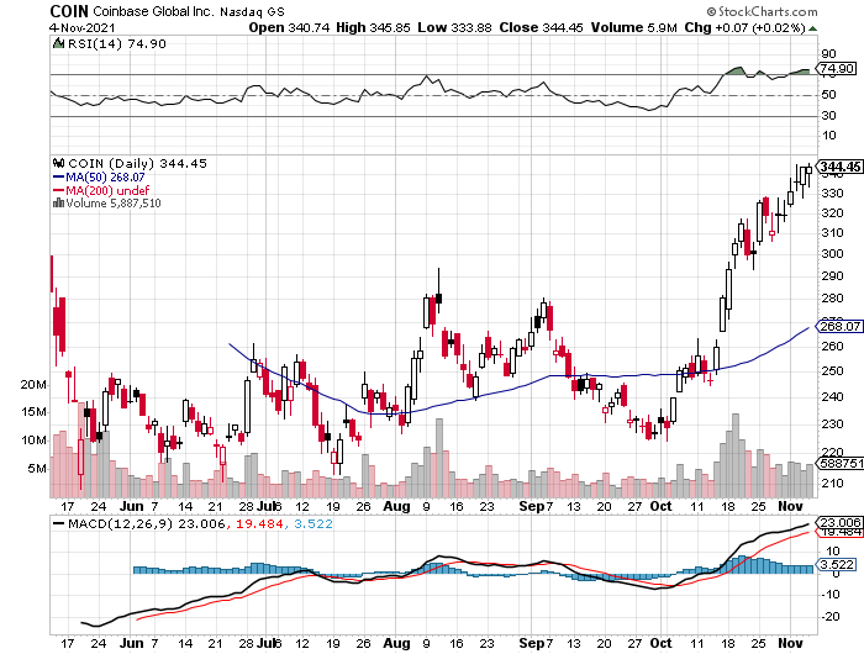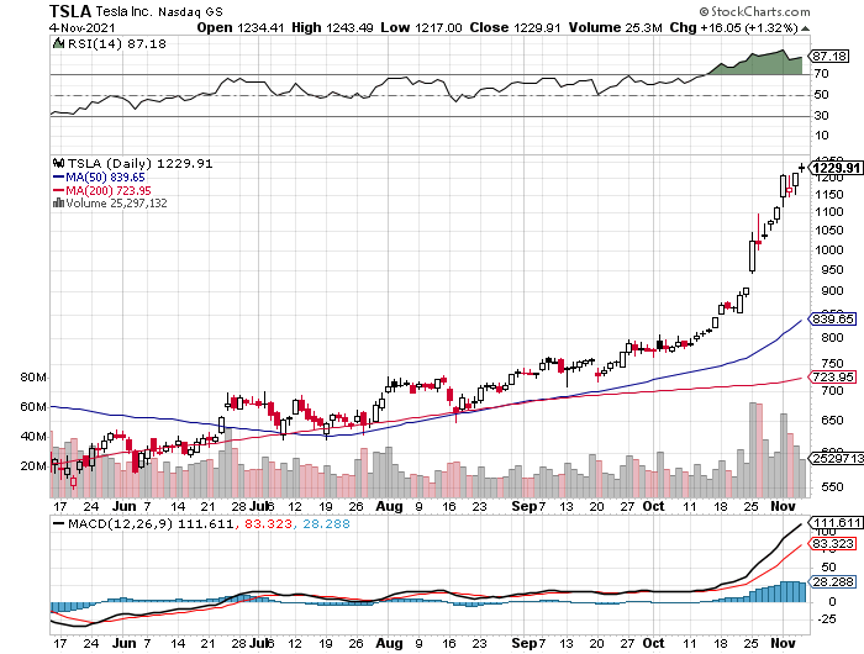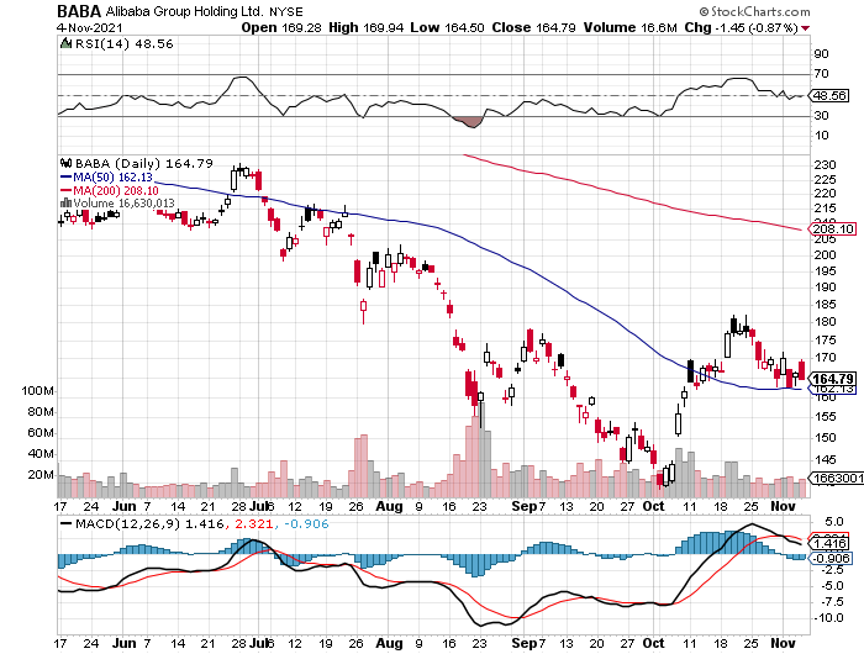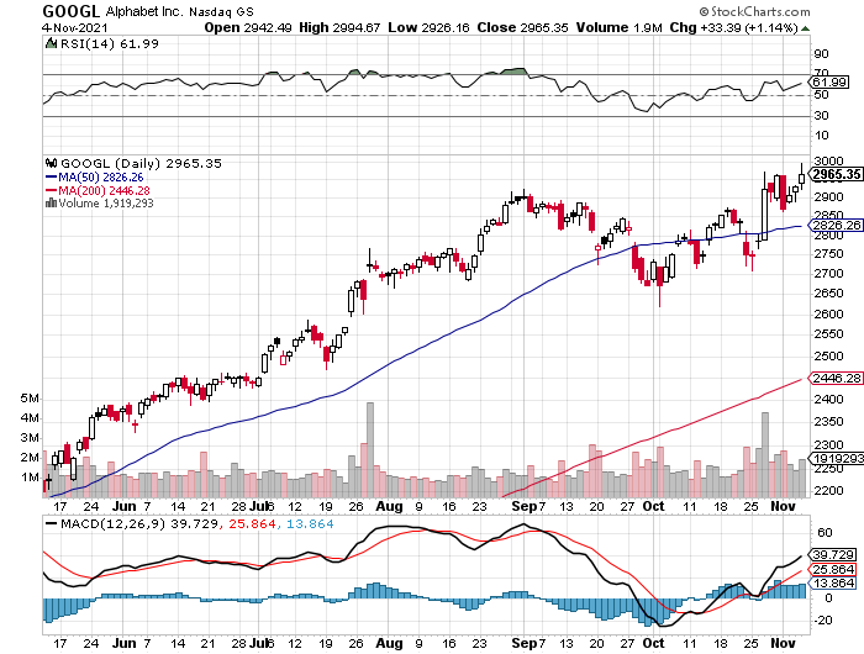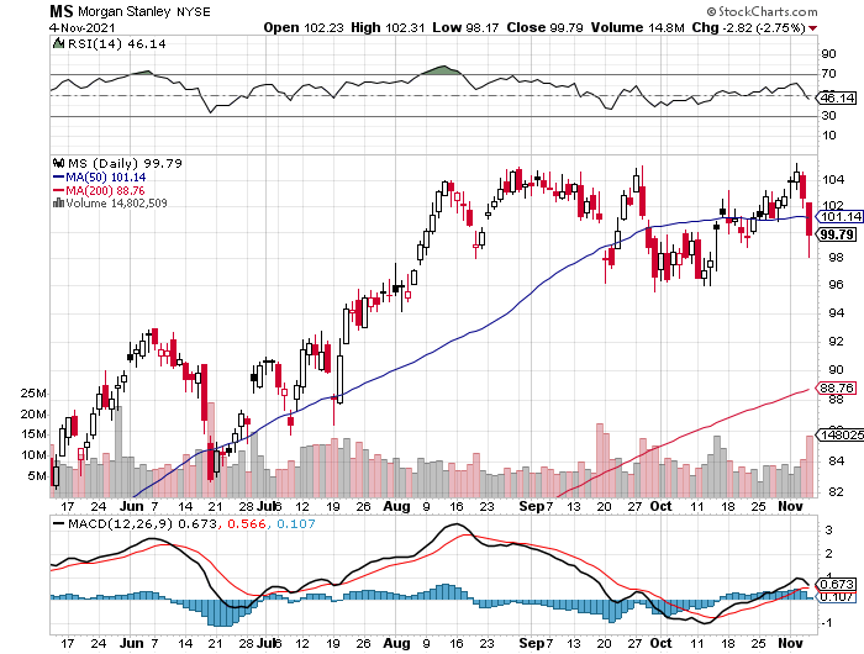Below please find subscribers’ Q&A for the April 20 Mad Hedge Fund Trader Global Strategy Webinar broadcast from Silicon Valley.
Q: Should I take profits on the ProShares UltraShort 20+ Year Treasury ETF (TBT), or will it go lower?
A: Well, you’ve just made a 45% profit in 4 months; no one ever gets fired for taking a profit. And yes, it will go lower, but I think we’re due for a 5 -10% rally in the (TBT) and we’re seeing some of that today.
Q: Do you think the bottom is in now for the S&P 500 Index (SPX)?
A: No, I think the 50 basis point rate hikes will put the fear of God into the market and prompt another round of profit-taking in stocks. So will another ramp up or expansion in the Ukraine War, and so could another spike in Covid cases. And interest rates are getting high enough, with a ten-year US Treasury (TLT) at 2.95% and junk at 6.00% that they will start to bleed off money from stocks.
So there are plenty of risks in this market that I don’t need to chase thousand point rallies that fail the following week.
Q: What would cause a rally in the iShares 20 Plus Year Treasury Bond ETF (TLT)?
A: Everyone in the world is short, for a start. And secondly, we’ve had a $36 point drop in the market in 4 ½ months—that is absolutely screaming for a short-covering rally. It would be typical of the market to get everybody in the world short one thing, and then ramp it right back up. You can bet hedge funds are just gunning for that trade. So those are two big reasons. Another big reason is getting a slowdown in the economy. Fear of interest rate rises and yield curve inversions are certainly going to scare people into thinking that.
Q: Where to buy Tesla (TSLA)?
A: We had a $1,200 all-time high at the end of last year, then sold off to $700—that was your ideal entry point, on that one day when the market was down $1,000 and they were throwing out Tesla stock like there was no tomorrow. We have since rallied back to the 1100s, so I'd say at this point, anything you could get under just above the $200-day moving average at $900 would be a gift because the sales are happening and they’re making tons of money. They’re so far ahead of the rest of the world on EV technology that no one will ever be able to catch up. A lot of the biggest companies like Ford (F) and (GM) are still unable to mass produce electric cars, even though they’re all talking about these wonderful models they're bringing out in 2024 and 2025. So, I think Tesla is just so far ahead in the market that no one will catch them. And the stock will have to reflect that by trading at a higher premium.
Q: I Bought the ProShares UltraShort 20+ Year Treasury ETF (TBT) at your advice at $14, it’s now at 425. Time to take the money and run?
A: Yes, so that you’re in position to rebuy the (TBT) at $22, or even $20.
Q: I bought some bank LEAPS such as Bank of America (BAC), JP Morgan (JPM), and Morgan Stanley (MS) just before earnings; they’re doing well so far.
A: That will definitely be one of my target sectors on any recovery; because the only reason the stock market recovers is because recession fears have been put away, and the only reason the banks have been going down is because of recession fears. Certainly, the yield curve inversion has been helping them lot, as are absolute higher interest rates. So yes, zero in on the banks, I’m holding back waiting for better entry points, but for those who are aggressive, there’s no problem with scaling in here.
Q: If Putin uses a tactical nuclear weapon in the Ukraine, what would be the outcome?
A: Well, I don't think he will, because you don’t want to use nukes on your neighbors because the wind tends to blow the radiation back into your own country. It also depends on when he does this; if Ukraine joins NATO, joins the EC, and NATO troops enter Ukraine, and then they use tactical nukes, France and England also have their own nuclear weapons. So, attacking a nuclear foe and risking bringing in the US, who could wipe out the whole country in minutes, would not be a good idea.
Q: Would you get into Chinese stocks here?
A: Not really; China seems to have changed its business model permanently by abandoning capitalism. The Mad Hedge Technology Letter is currently running a short position in Alibaba (BABA) which has proved highly successful. Although these things are stupidly cheap, they could get cheaper before they turn around. Also, there’s the threat of delisting on the stock exchanges facing them in a year or two, and the trade tensions which continue with China. China doesn’t seem friendly anymore or is interested in capitalism. You don't want to own stocks anywhere in that situation. And by the way, Russia has also banned all foreign stock listings. China could do the same—not good if you’re an owner of those stocks.
Q: How would you play Twitter (TWTR) now?
A: I think it’s a screaming short, myself. If the board doesn’t accept Elon’s offer, which seems to be the case with their poison pill adoption, there are no other buyers of Twitter; and Elon has already said he’s not going to pay up. So you take Elon Musk’s shareholding out of the picture, and you’re looking at about a 30% drop.
Q: Many of the biggest Covid beneficiaries are near or below their March 2020 lows, such as PayPal (PYPL), Shopify (SHOP), DocuSign (DOCU), Zoom (ZM), Peloton (PTON), Netflix (NFLX), etc. Are these buys soon or are there other new names joining them?
A: I think this will continue to be a laggard sector. I think any recovery will be led by big tech, and once big tech peaks out after a 6-month run, then you may get the smaller ones catching up—especially if they're still down 80% or 90%. So that’s a no-touch for me; too many better fish to fry.
Q: Do you think inflation is transitory or are we headed toward double digits over the long term?
A: The transitory argument got thrown out the window the day Russia invaded Ukraine; they are one of the world’s largest producers of both energy and wheat. So that definitely set those markets on fire and really could end up adding an extra 5% in our inflation numbers before we peak out. I think we will see the highs sometime this year, could be as low as 4% by the end of this year. But we may have a double-digit print before we top out, and that could be next month. So, if you’re looking for another reason for stocks to sell out, that would be a good one.
Q: If the EU could limit oil purchases from Russia, then the war would be over in a month since Russia has no borrowing power or reserves.
A: The problem is whether they actually could limit oil purchases, which they can’t do immediately. If you could limit them in a year or cut them down by like 80%, we could come up with the other 20%, that is possible. Then, the war would end and Russia would starve; but Russia may starve anyway. Even with all the rubles in the world, they can’t buy anything overseas. Basically, Russia makes nothing, they only sell commodities and use those proceeds to buy consumer goods from abroad, which have all been completely cut off. They’re in for an economic disaster no matter what happens, and they have no way of avoiding it.
Q: What are your thoughts on supply chain problems?
A: I actually think they’re getting better; I watch the number of ships at anchor in San Francisco Bay, and it’s actually down by about half over the last 3 months. People are slowly starting to get things that they ordered nine months ago, used car prices are starting to roll over…so yes, it’s going to be a very slow process. It took one week to shut down the global economy, it’ll take three years to get it fully reopened. And of course, that’s extended by the Ukraine War. Plus, as long as there are supply chain problems and huge prices being paid for parts and labor, you’re not going to have a recession, it’s impossible.
Q: What’s your outlook on tech stocks?
A: I see them bottoming in the current quarter, and then going on to new all-time highs in the second half.
Q: What about covered calls?
A: It’s a really good idea, allowing you to get long a stock here, and reduce your average cost every month by writing calls against your position until they eventually get called away. Not too long ago, I wrote a piece on covered calls, so I could rerun that again to get people familiar with the concept.
Q: If Warren Buffet retires, what happens to Berkshire Hathaway (BRKB) stock?
A: It drops about 5% one day, then goes on to new highs. The concept of a 90-year-old passing away in his sleep one night is not exactly revolutionary or new. Replacements for Buffet have been lined up for so long that now the replacements are retiring. I think that’s pretty much baked in the price.
Q: Any plans to update the long-term portfolio?
A: Yes it’s on my list.
Q: Too late to buy Freeport McMoRan (FCX)?
A: Yes I’m afraid so. We’ve had a near double since September when it started moving. However, I would hold it if you already own it and add on any substantial selloff. Freeport McMoRan announced fabulous earnings today, and the stock promptly sold off 9%. It was a classic “buy the rumor, sell the news” type move. This is despite the fact that the United States Copper Fund ETF (CPER), in which (FCX) is a major holding, is up on the day. Please remember that I told you earlier that each Tesla needs 200 pounds of copper, that Tesla sales could double to 2 million this year, and that they could sell 4 million if they could make them. It sounds like a bullish argument of me, of which (FCX) is the world’s largest producer.
To watch a replay of this webinar with all the charts, bells, whistles, and classic rock music, just log in to www.madhedgefundtrader.com , go to MY ACCOUNT, click on GLOBAL TRADING DISPATCH, then WEBINARS, and all the webinars from the last 12 years are there in all their glory.
Good Luck and Stay Healthy
John Thomas
CEO & Publisher
The Diary of a Mad Hedge Fund Trader

